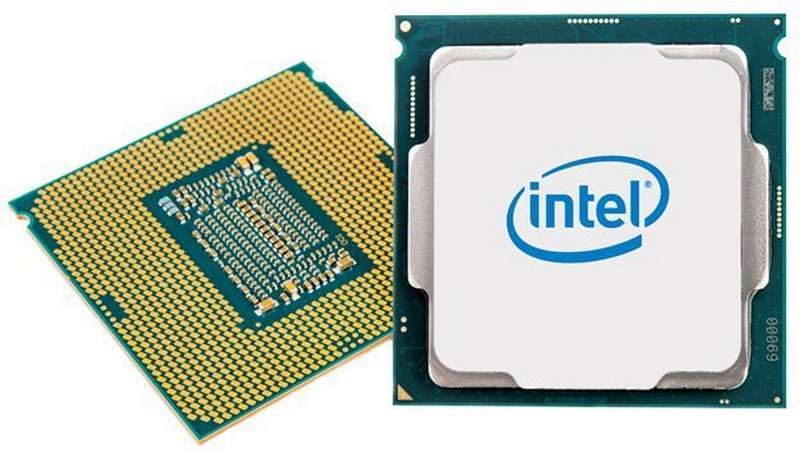Intel’s New Core i7 CPUs Could Lack Hyper-threading
Samuel Wan / 6 years ago
Intel Shifts Strategy With New Core i7 CPUs
Last year, Intel launched a new lineup of processors. Given the new Core i9 branding, the new CPUs sat the top of the product stack. The new processors are largely seen as a response to AMD’s resurgent Ryzen CPUs. Right now, Chipzilla is preparing their next set of new processors. For the new lineup, Intel is mixing things up again. According to new information, the upcoming Core i7 processors may lack Hyper-Threading.
Due to the large lineups, Intel CPU naming has always been somewhat confusing. However, there has always been some consistency. Core i3 CPUs have generally had Hyper-Threading, the Core i5 without and the Core i7 again with more virtual cores. Chipzilla has been signalling change with the new Core i3 CPUs lacking Hyper-Threading. With the Core i7 chips also losing Hyper-Threading, the difference between them and the Core i5 shrinks.

Intel May Can Hyper-Threading For Majority of Lineup
Based on the new information, only Core i9 chips will get Hyper-Threading. While Hyper-Threading offers efficiency gains, they aren’t major. Furthermore, Hyper-Threading only pays off when all the physical cores are loaded. With Core i7 expected to go up to 8 cores now, the extra real cores should more than make up any multi-threaded performance shortfall. Turning off Hyper-Threading may also allow for higher clocks, a fact that overclockers should be familiar with.
The removal of Hyper-Threading does show that Intel is running out of space in their lineup. With AMD pushing more cores as standard, Intel has to match that. Without a major IPC lead, core counts are the next major battleground. Due to the bunching of SKUs, Intel has no option but to rely on cores to compete. By removing Hyper-Threading, the company will simplify their lineup avoid a 6+6 core or 4+4 core competing against a pure 8 cores. It will be interesting to see how the company and the market handle this transition.




















